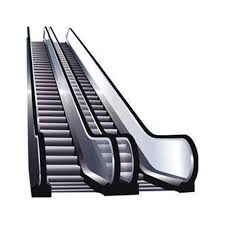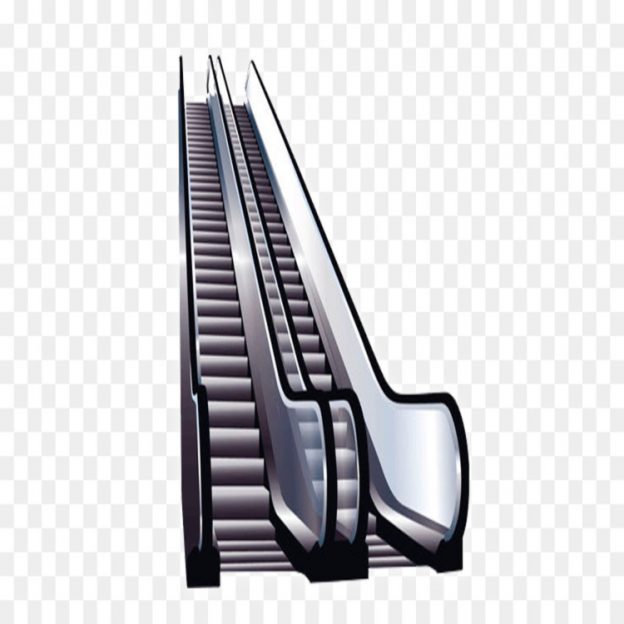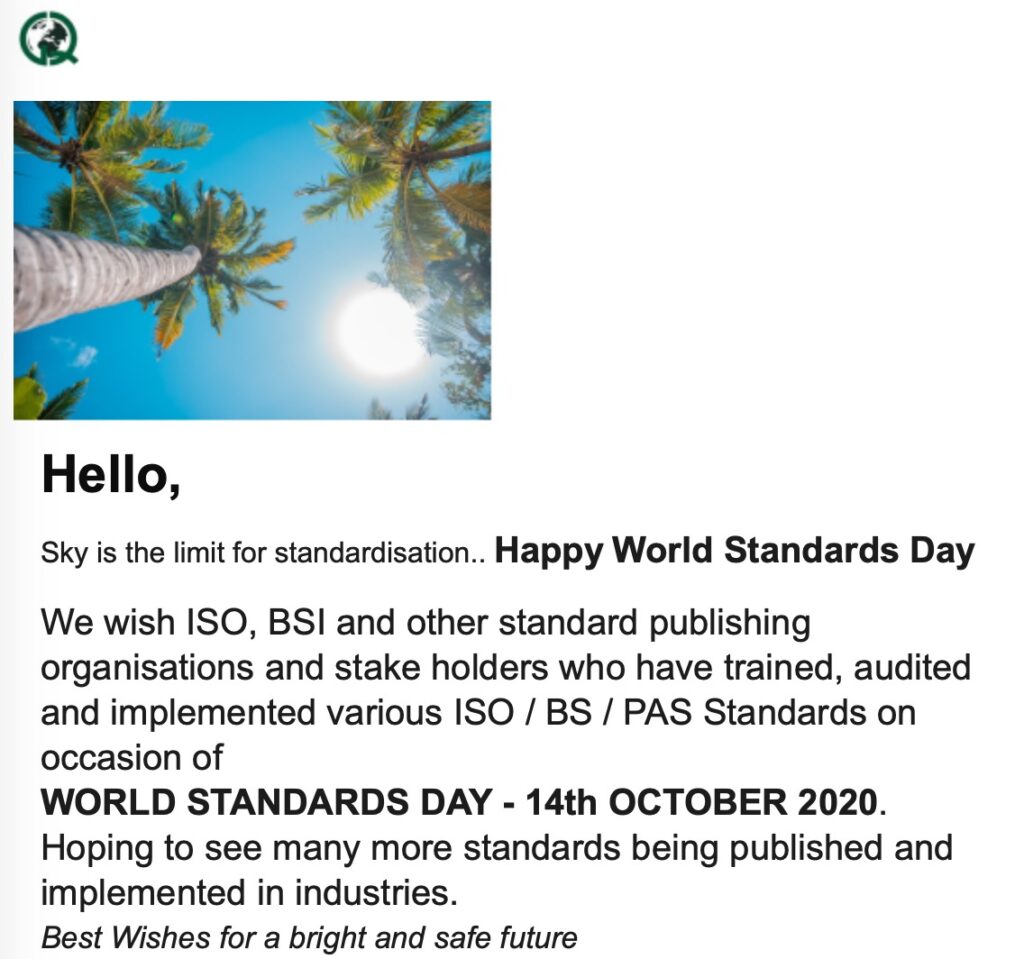ISO/TS 22559-1:2004 Safety requirements for Lifts or Escalator Certification
GQS Singapore becomes the first to kick start ISO 22559 Certification consultancy for Lifts and Escalators certification and consultancy
We would support Lift and Escalator manufacturers or Installation companies to
- Identify Global Essential Safety requirements
- Carryout Risk Assessment study in consultation with your Engineers using ISO 14978
- Support in implementation of the GESR at Installation site
- Preparation of any procedures required to support GESR to comply to ISO 22559-Part 1
- Uploading ISO 22559 documents and support in achieving the Certification
- Carrying out Surveillance audits annually
ISO 8100-1:2019 –Lifts for the transport of persons and goods — Part 1: Safety rules for the construction and installation of passenger and goods passenger lifts
This standard supersedes the ISO 22518 with respect to the GESR requirements and specifies the safety rules for permanently installed new passenger or goods passenger lifts, with traction, positive or hydraulic drive, serving defined landing levels, having a car designed for the transportation of persons or persons and goods, suspended by ropes, chains or jacks and moving between guide rails inclined not more than 15° to the vertical.
In addition to the requirements of this standard, requirements need to be considered in special cases (use of lifts by persons with disabilities, in case of fire, potentially explosive atmosphere, extreme climate conditions, seismic conditions, transporting dangerous goods, etc.).
The standard does not cover:
- lifts with:
- drive systems other than those stated in 1.1;
- rated speed less than or equal to 0,15 m/s;
- hydraulic lifts:
- with a rated speed exceeding 1 m/s;
- where the setting of the pressure relief valve (5.9.3.5.3) exceeds 50 MPa;
- new passenger or goods passenger lifts in existing buildings[1] where, in some circumstances due to limitations enforced by building constraints, some requirements of this document cannot be met and local requirements, e.g., EN 81-21 need to be considered;
- lifting appliances, such as paternosters, mine lifts, theatrical lifts, appliances with automatic caging, skips, lifts and hoists for building and public works sites, ships’ hoists, platforms for exploration or drilling at sea, construction and maintenance appliances or lifts in wind turbines;
- important modifications (see Annex C) to a lift installed before this document is brought into application;
- safety during operations of transport, erection, repairs, and dismantling of lifts.
However, this ISO 8100 Standard can usefully be taken as a basis.
Noise and vibrations are not dealt with in this standard as they are not found at levels which could be considered harmful with regard to the safe use and maintenance of the lift (see also 0.4.2).
This standard is not applicable to passenger and goods passenger lifts, which are installed before the date of its publication.
An existing building is a building which is used or was already used before the order for the lift was placed. A building whose internal structure is completely renewed is considered a new building.
Contact [email protected] for ISO 22559 Certification ISO 22559 Consultants, ISO 22559 Documentation, Free advise to download ISO 22559 standard, ISO 8100 Certification, ISO 8100 Consultancy, ISO 8100 Top services, ISO 8100 for Lifts and Escalators, Free download of ISO 8100 PDF in Manila Philippines, Singapore, Penang, Riyadh, Dubai

iso 22559 certification, iso 22559 consultancy, iso 22559 consultants



